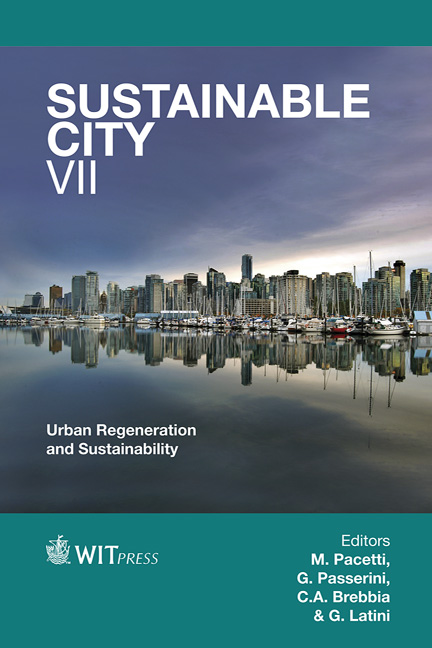Development Of A Tool To Estimate Individual Building Vulnerability To Floods
Price
Free (open access)
Transaction
Volume
155
Pages
12
Page Range
1005 - 1016
Published
2012
Size
399 kb
Paper DOI
10.2495/SC120842
Copyright
WIT Press
Author(s)
N. Walliman, R. Ogden, B. Baiche, A. Tagg & M. Escarameia
Abstract
The likelihood that buildings will be flooded and the frequency and severity of the inundation are calculated as part of the general flood predictions for urban and other areas. However, there is no reliable method to estimate the vulnerability of an individual building to damage from flooding. This makes it difficult for building owners and designers to calculate what appropriate measures should be taken to enhance resilience against floods. This paper, developed in the context of the current EC FP7 project FloodProBE, discusses the current estimation methods used in the UK, Germany, USA and Australia, and suggests ways to improve on these to make a model capable of estimating damage to individual buildings, particularly non-domestic ones. Flood damage to buildings and contents are dependent on a number of variables in relation to the flood events. The major variables are over-floor depth, velocity, rate of rise, debris, contaminants, frequency and duration of inundation and timing. Other variables relate to the building characteristics, such as structure, construction, materials and their drying characteristics, services and their locations, and the condition of the building prior to being flooded. A flood damage estimation tool that can deal with all these variables is likely to be very complex and difficult to manage, though oversimplification of the variables is likely to lead to inaccurate estimations. A balance must therefore be drawn between excessive complexity and accuracy. The output of the model should express the damage in cost form to be consistent with existing damage methodologies. This will enable calculations to be made in order to assess the cost/benefit analysis of installing flood mitigation/resilience measures to the building and/or its surroundings. Keywords: flood, prediction, cost/benefit analysis, flood mitigation, stochastic methodology, building construction, building flood vulnerability, vulnerability grades, damage grades.
Keywords
flood, prediction, cost/benefit analysis, flood mitigation, stochastic methodology, building construction, building flood vulnerability, vulnerability grades, damage grades.





